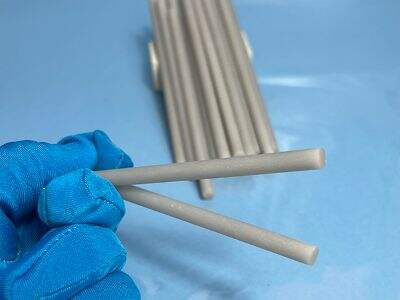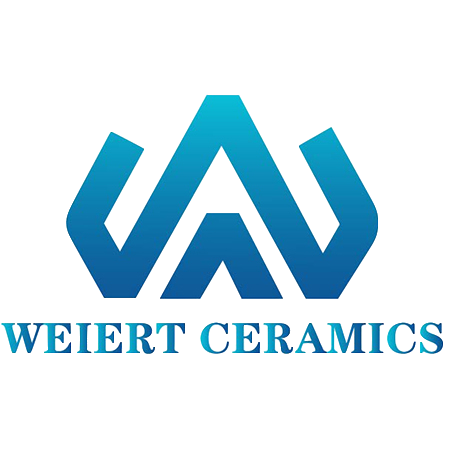Refractory Ceramics Vs Conventional Materials: Understanding the Differences and Advantages
Refractory ceramics just like from Weiert Ceramics and traditional materials are two different kinds of materials widely used in many industries. So, what are the differentiators that characterize refractory ceramics in contrast with common materials? Or why they are favoured by specific scenarios.
The Benefits of Refractory Ceramics
These characteristic makes ceramic refractory materials highly resistant to heat and pressure. In addition, they are resistant to chemical corrosion and mechanical degradation. These characteristics make them ideally suited for projects where other materials would wear out rather quickly.
Heat-Treated Ceramic Ceramics- When They Work Best
The unique composition of refractory ceramic material is one factor which gives them their impressive properties. The ceramics are produced by carefully blending high-purity raw ingredients into a mix, followed by several minutes of intense heat in the kiln. This makes for a very dense and tough material that can withstand intense conditions.
Advantages of Refractory Ceramics in High-Stress Environments
This is one of many cases where refractory ceramics provide a competitor advantage to an obsolete material. For example, the steel sector employs them to coat furnaces, crucibles and kilns since it can withstand both high temperatures and corrosive elements that are part of steel fabrication. In the aerospace industry, they are used similarly to find in-flight and spacecraft or rocket components that can stand next served for referencing during atmospheric terminationas an example such as this refrain from salt pellet.

Benefits of Opting for Refractory Ceramics
Initial ReinvestmentAlthough refractory ceramics or ceramic tube may have a higher initial investment cost than traditional materials, they are more economical in the long run because of greater production. Refactory ceramics can ultimately save companies money as they decrease the need for repair, replacement and equipment downtime. Moreover, their long-lasting nature provides less of a need for service time and ensures very low likelihoods of early system failure; this combination saves substantially on laborious effort as well as the actual replacement hardware itself.
Future Prospects of Refractory Ceramics
Researchers are continuously exploring new, innovative uses for refractory ceramics as technology advances. For example, certain researchers are now exploring the possible biomedical applications of these ceramics - seated at a massive dream envisioning prosthetic limbs and medical devices that could be far stronger than any made with today's materials. At the same time, attempts are being made to make refractory ceramics more capable at an affordable price and with high production efficiency so that their usability can be extended further across additional industries.
Table of Contents
- Refractory Ceramics Vs Conventional Materials: Understanding the Differences and Advantages
- The Benefits of Refractory Ceramics
- Heat-Treated Ceramic Ceramics- When They Work Best
- Advantages of Refractory Ceramics in High-Stress Environments
- Benefits of Opting for Refractory Ceramics
- Future Prospects of Refractory Ceramics

 EN
EN
 AR
AR
 HR
HR
 CS
CS
 DA
DA
 NL
NL
 FI
FI
 FR
FR
 DE
DE
 EL
EL
 HI
HI
 IT
IT
 JA
JA
 KO
KO
 NO
NO
 PL
PL
 PT
PT
 RO
RO
 RU
RU
 ES
ES
 SV
SV
 CA
CA
 TL
TL
 IW
IW
 ID
ID
 LV
LV
 LT
LT
 SR
SR
 SK
SK
 SL
SL
 UK
UK
 VI
VI
 TH
TH
 TR
TR
 FA
FA
 AF
AF
 MS
MS
 GA
GA
